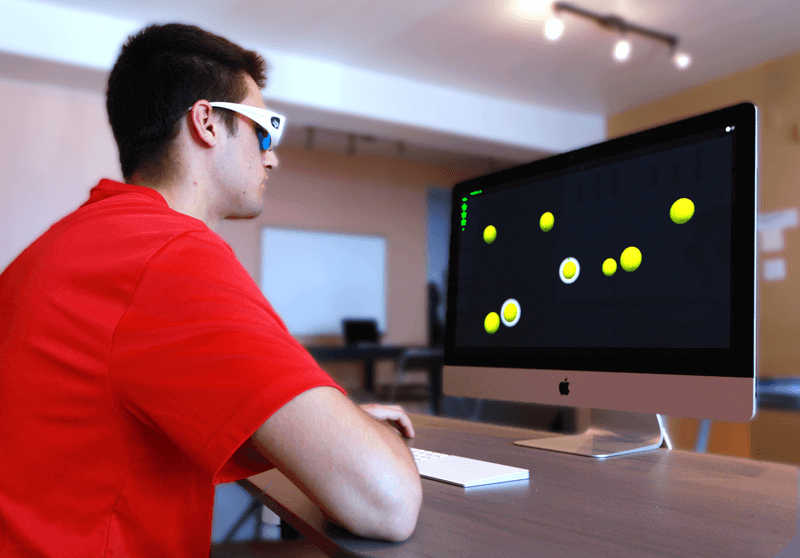
At Brainstorm Rehabilitation, we are skilled with innovative neurological therapies that improve cognitive and physical health. One groundbreaking tool we're proud to offer is NeuroTracker , a scientifically validated cognitive training system designed to enhance attention...
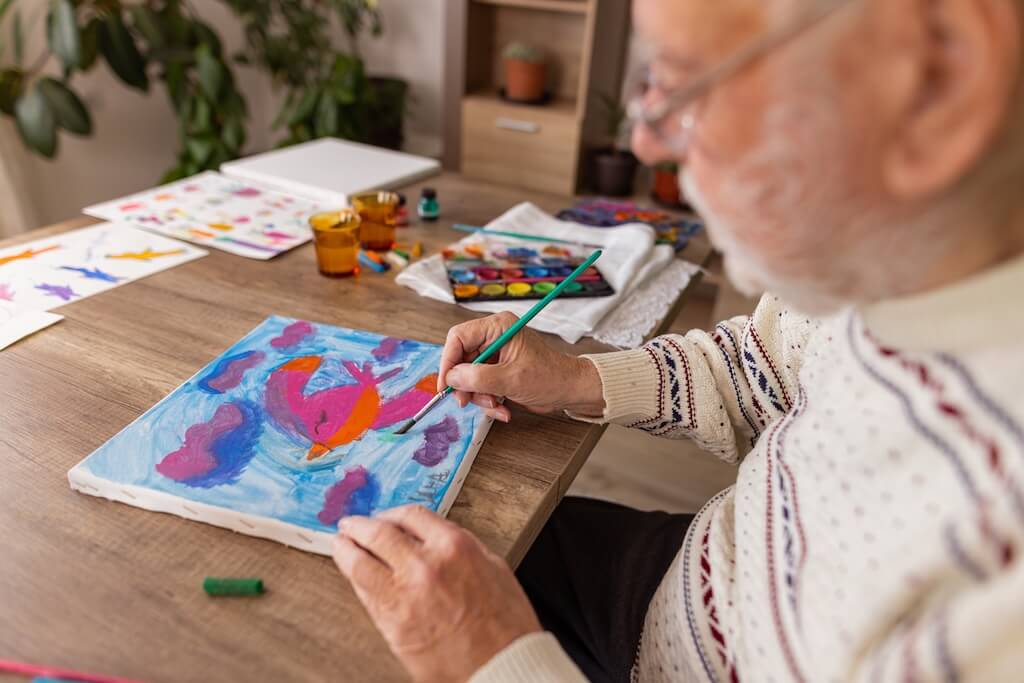
Acquired Brain Injury (ABI) occurs when the brain is damaged after birth due to various reasons, such as accidents, strokes, or infections. ABI can significantly impact a person’s life, affecting their physical abilities, thinking, emotions, and daily activities. Trau...
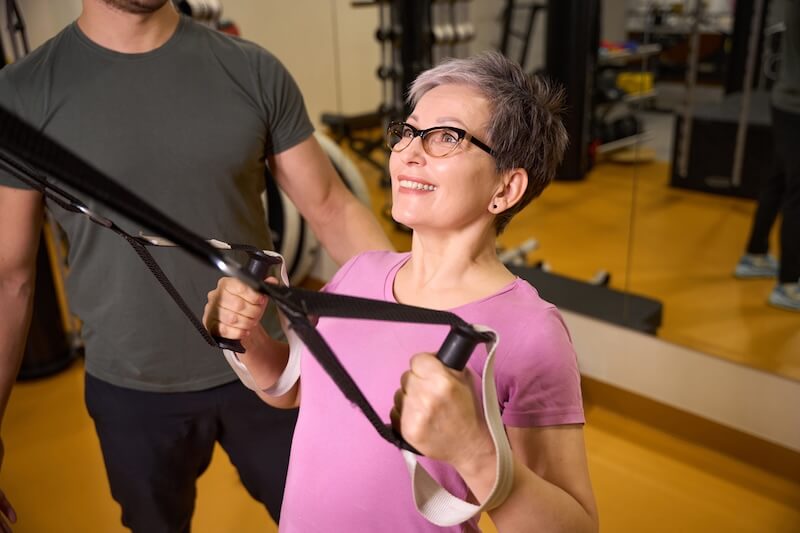
Multiple Sclerosis (MS) is a chronic neurological disorder that affects the central nervous system, leading to a wide range of symptoms such as muscle weakness, fatigue, and impaired coordination. This unpredictable condition can vary significantly from person to person, making ...
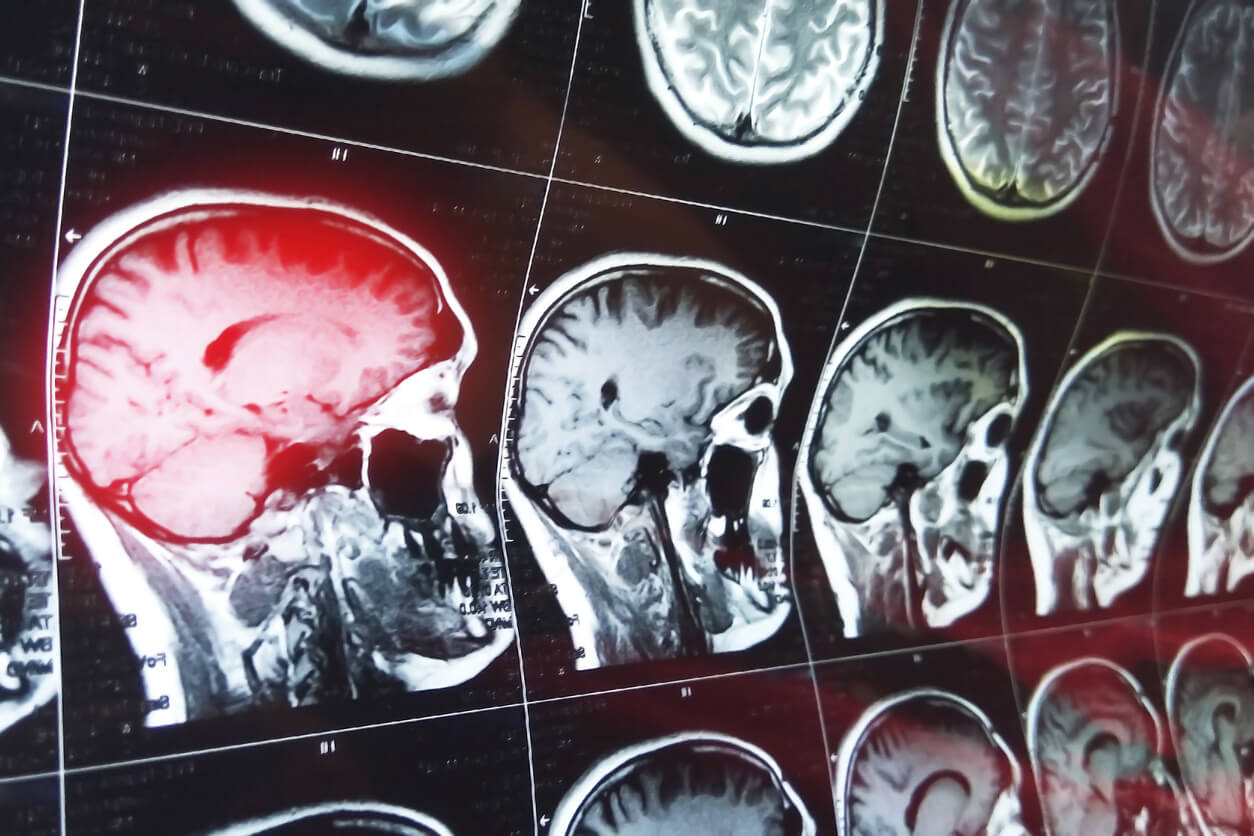
A stroke, also known as a cerebrovascular accident (CVA), is a critical medical event where the brain's blood supply is interrupted, leading to brain cell damage or death. Strokes fall into two primary categories: ischemic and hemorrhagic. An ischemic stroke occurs when a blood ...

Dementia is very present in our communities. Currently, more than 410,000 Australians are living with dementia and amongst the elderly, this disease is the most significant cause of disability in person and the second leading cause of death for Australians (AIHW 2024). At Bra...
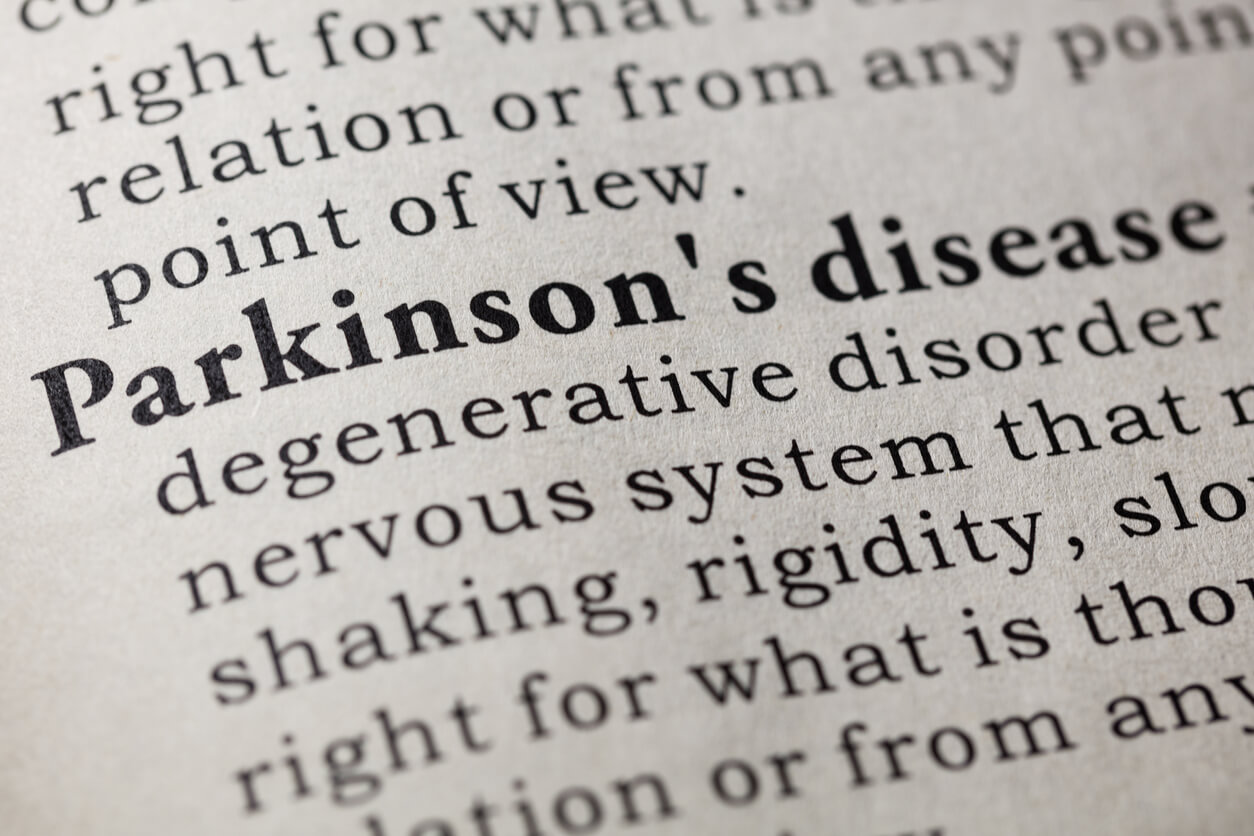
Parkinson’s disease is a progressive brain disorder that primarily affects movement but also impacts emotions and other body functions. It typically begins with subtle symptoms like minor tremors and shaking but gradually leads to more pronounced issues, including stiffness, s...
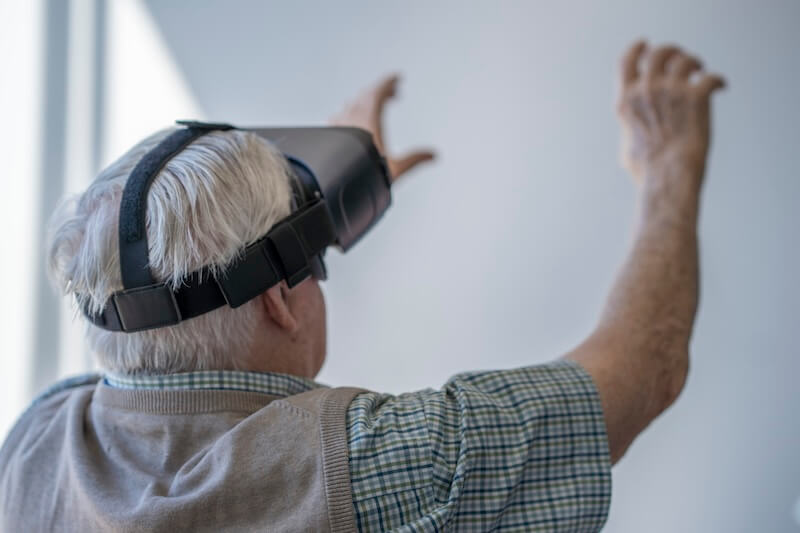
At Brainstorm Rehabilitation, we harness the power of digital cognitive training to support and enhance brain fitness, memory recall, attention, and focus. This innovative approach is a crucial component of our comprehensive rehabilitation programs, designed to meet the needs of...
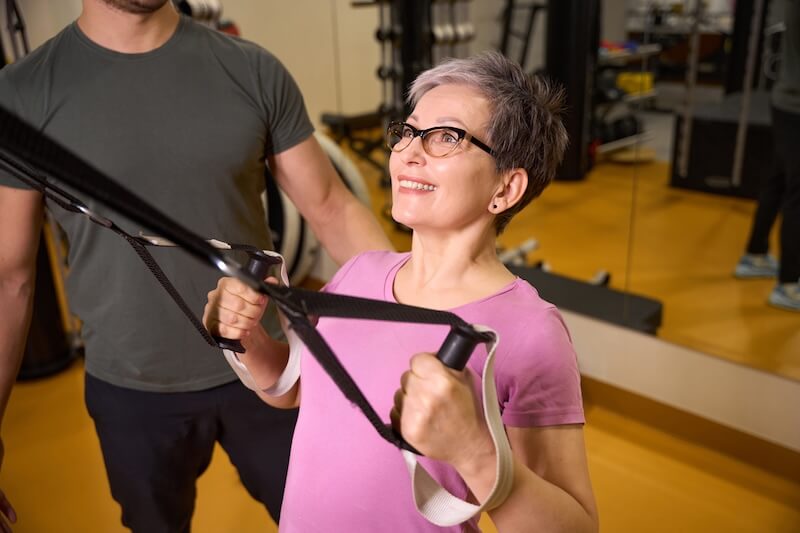
Brainstorm Rehabilitation, with its extensive expertise, offers comprehensive rehabilitation programs that incorporate movement coordination feedback training with motion guidance. This advanced approach, designed by our team of experienced professionals, is tailored to meet all...
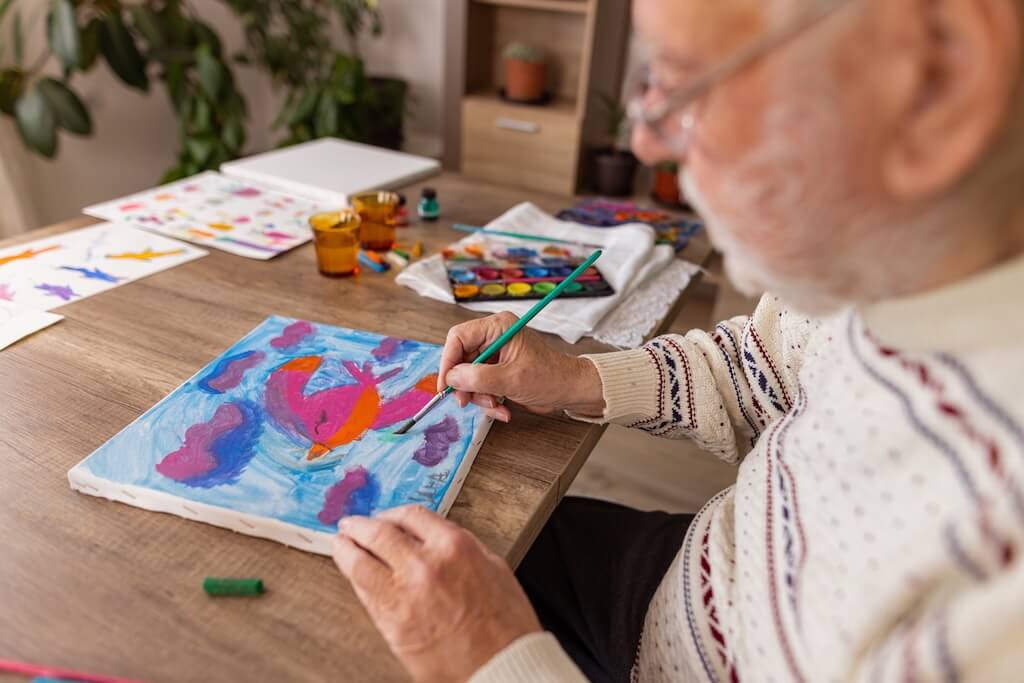
At Brainstorm Rehabilitation, we offer innovative vagal stimulation therapy as part of our holistic approach to neurological rehabilitation. This therapy promotes healing and recovery by stimulating the vagus nerve, which is crucial in activating the parasympathetic autonomic ne...
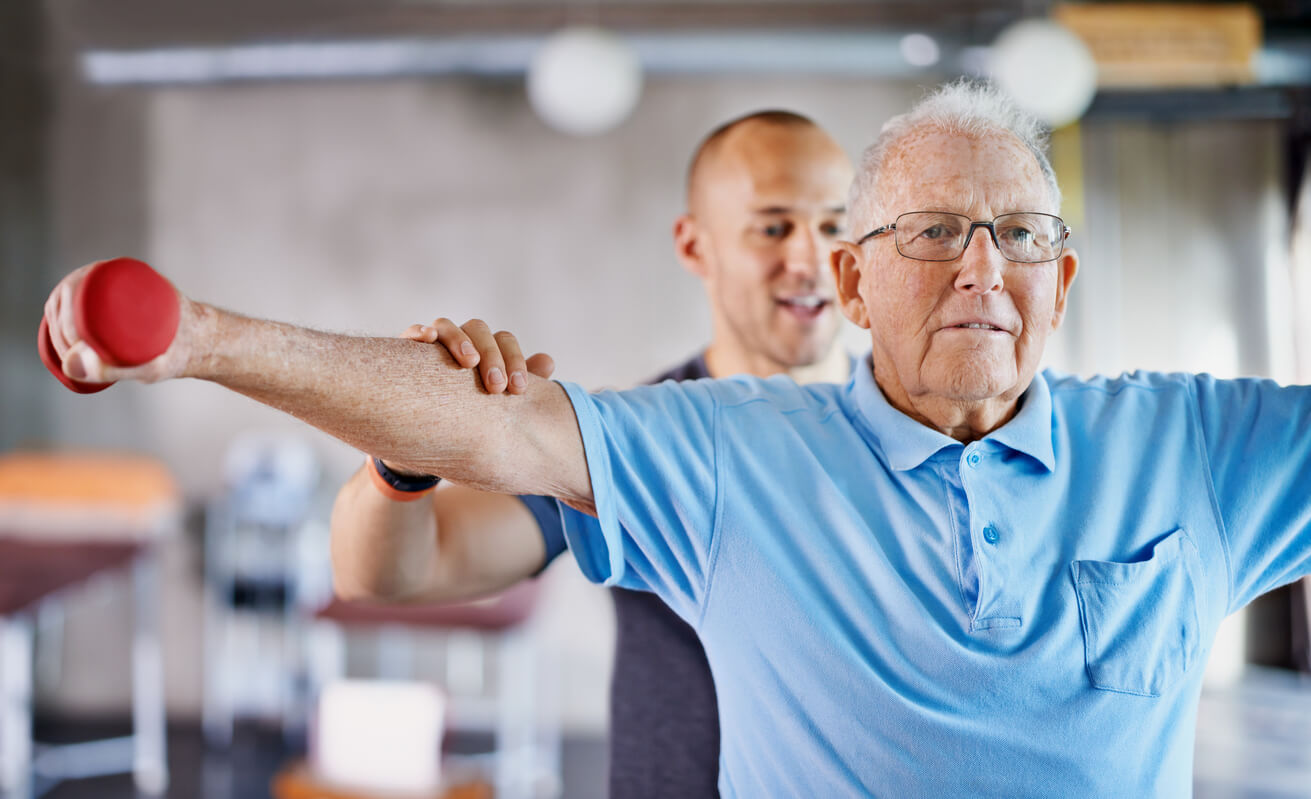
At Brainstorm Rehabilitation, we understand the profound connection between physical therapy and neurological recovery, particularly in the context of brain injury therapy. Our specialised limb and spinal exercises are vital for restoring motor function and are crucial in enhanc...

At Brainstorm Rehabilitation, we stand out with our unique approach to harnessing Neuroplasticity for Comprehensive Rehabilitation. This sets us apart as a leader in the field, ensuring that our clients receive the most effective and innovative treatments. At Brainstorm Rehabi...

The researchers in the journal Psychology of Sport & Exercise found that music can impact your effort. The athletes generated more enjoyment, and that this effect has the potential to reduce the chances of people giving up on exercise. During exercise, listening to ...
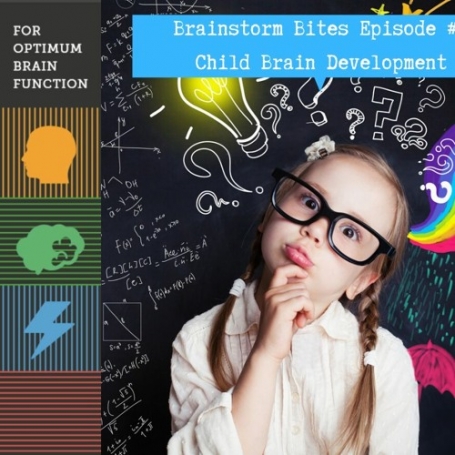
On episode #6 of Brainstorm Bites, we look further into child brain development and the impact primitive reflexes (PR) can have on brain development if they are retained or not fully integrated during the first 6-12 months of life. Functions of the higher centres includin...
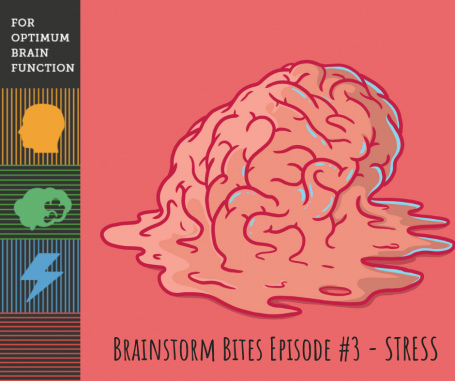
Hi, I am Darren Gray, Chiropractor and neurological rehabilitation therapist from Brainstorm Rehab. I switch brains on.
What is STRESS? How does stress affect the brain? Over the next short while I will chat to you on Brainstorm Bites our podcast on brain health, these quest...
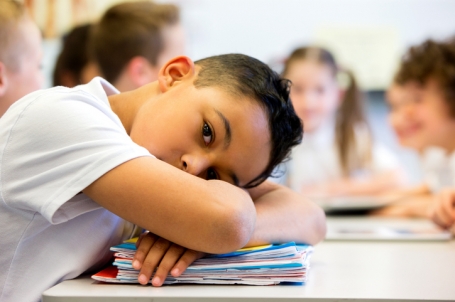
If you talk to parents who have kids with learning and behavioural issues, the most common correlation among these children will be their sensory processing or the lack of it. While it is a common notion that a majority of children with disorders about the Autism Spectrum have ...
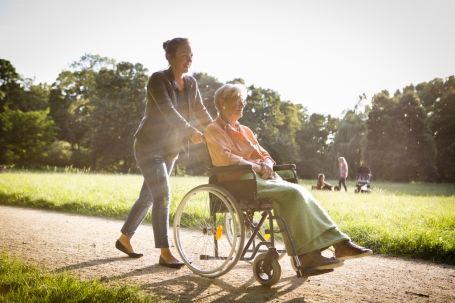
Spasticity is a condition that affects the muscles and ultimately interrupting normal movements patterns such as reaching with the arm or walking. During movement, our brain sends an impulse through the nervous system to the muscle we want to move. When the muscles on one side o...
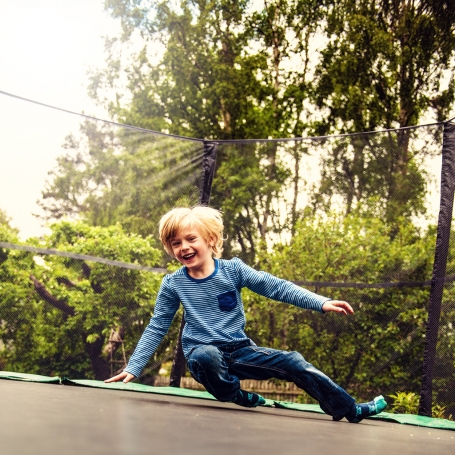
Sensory Processing Disorder (SPD) is a complex neurological condition that impairs functional and social development. Children identified with Sensory Processing Disorder (SPD) have altered interpretation of most sensory awareness. Often these children can feel overwhelmed by s...

Movement errors such as clumsiness and falls are common for motor control learning during development (Nicolson & Fawcett, 2007). For some children however this clumsiness extends well past the usual time period of early childhood. Coordination disorders in children are ver...

School life in today’s world has become quite hectic and tedious for kids. Successful career prospects require children to be well-learned and intelligent right from the beginning. Hard work is not only appreciated but also mandatory, or the child will be deemed a lagger, some...

Paediatric rehabilitation is about building strength, refining function and inspiring children to increase their skills and confidence to achieve their full potential. Some therapy examples include: 1. Rest! Let your brain and body recover with rest. Yes, ...

Depression is often a feature of clinical neurological rehabilitation. Depression can often precede periods of challenging rehabilitation and the accompanying frustration and growing awareness that progress may be slow. Furthermore, the limited physical progress, together with ...
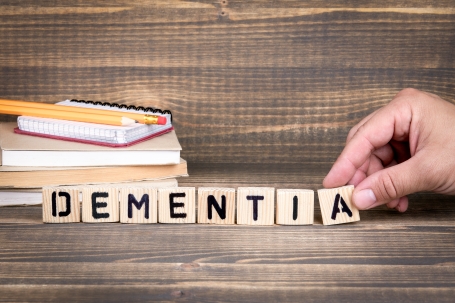
Recognizing the early signs of dementia can be crucial for timely intervention, planning, and receiving the right care. At Brainstorm Rehabilitation, we emphasize that with early diagnosis and appropriate clinical neurological rehabilitation, individuals experiencing cognitive d...

The disabling effects of fatigue can be extremely limiting in themselves. However, fatigue has a secondary negative consequence on brain function. In particular, fatigue can affect memory, concentration, skills tolerance, irritability levels, and physical symptoms such as pain. ...

We all know exercise is good for the muscles and joints, but how about brain health training? You can help your brain get in shape and be strengthened and developed with brain health training. The brain is made up of nerves called neurons. These neurons transport informat...
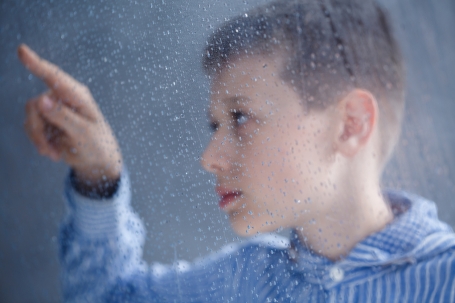
There is no single test to diagnose Autism Spectrum Disorder (ASD), previously referred to as Asperger's Syndrome. ASD is recognised as a neurodevelopmental disorder, where a child may exhibit developmental differences compared to their peers. Parents often notice these differen...
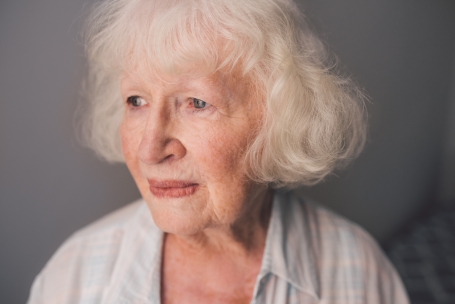
Alzheimer’s disease is the most common cause of dementia in the elderly (Bear, Conners, & Paradisco, 2007). This is the slow deterioration in memory, thinking and general functionality. It is estimated that 37 million people worldwide live with dementia, affecting 5% ...
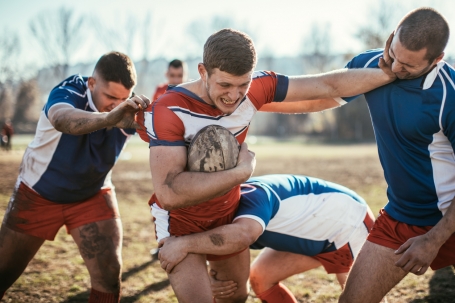
A brachial plexus is a group of nerves that, when injured, can affect your neck, shoulder and arm. The nerves that form the brachial plexus are located near the neck, chest, and shoulder. Nerves that travel between the bones in the neck, connect to form the brachial plexus. The ...

Everyone occasionally experiences forgetfulness. Mild memory loss tends to increase with age and is generally no cause for concern. However, there is a difference between mild memory loss due to normal aging and progressive or extreme memory loss due to illnesses such as Alzheim...


Parkinson’s disease is a brain disorder that affects movements, emotions, and other body functions. It is a degenerative condition that begins with minor tremors and shaking, and progresses into more serious symptoms over time. The brain requires a substance called dopa...

Parkinson’s Disease (PD) is a complex progressive neural degenerative disorder with wide-reaching implications affecting both the patient and their community (Contreras-Vidal & Stelmach, 1996). Movement dysfunctions are a hallmark of PD and can severely compromise the abil...
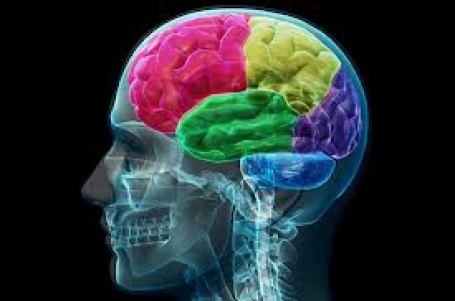
Many people are familiar with negative neuroplasticity which causes increasing brain fog and memory loss, declining mental clarity and dementia. But did you know that helpful neuroplasticity can be achieved by boosting your brain function? This can lead to an improved cognitive ...

Falls Risk Factors One in every three adults age 65 and older will fall each year. Falling is the leading cause of injury-related death and the most common cause of nonfatal injuries and hospital admissions for trauma amongst the elderly. Falls are a co...
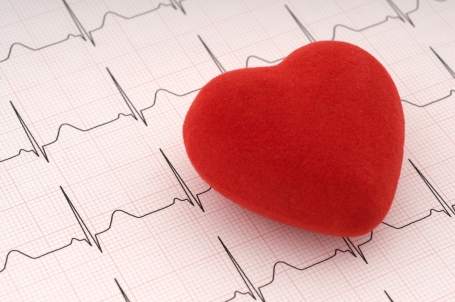
Heart rate variability (HRV) is the physiological phenomenon of variation in the time interval between heartbeats. It is a functional measure of the variation in the beat-to-beat interval . The origin of the heartbeat is located in a sino-atrial (SA) node of the hear...
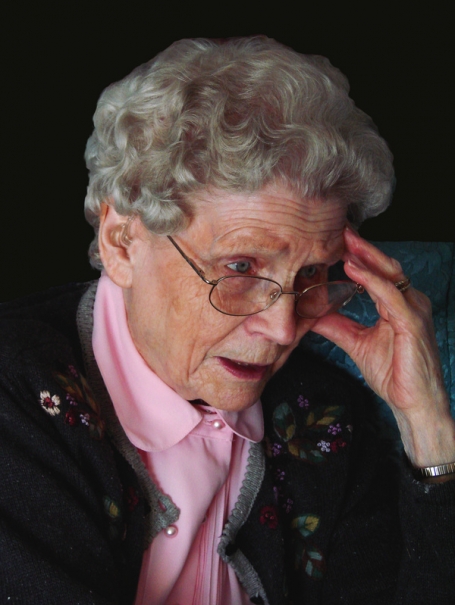
BPPV (benign paroxysmal positional vertigo) is a condition that develops from changes in the ear. These changes can lead to very severe vertigo and a sensation of spinning. The vestibular system in the body helps you balance and know where your head is positioned. Vertigo creat...
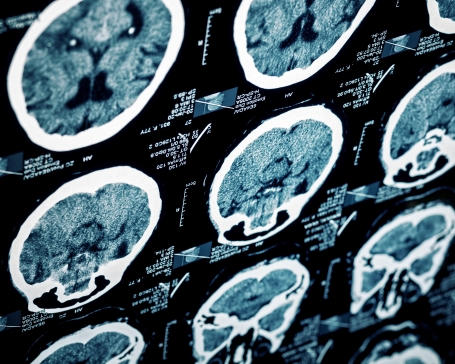
A stroke is always a medical emergency. If you recognise the signs of a stroke, call 000. A stroke is not a heart attack. It happens when the supply of blood to the brain is suddenly interrupted. Some strokes are fatal, while others cause permanent or temporary disability. ...
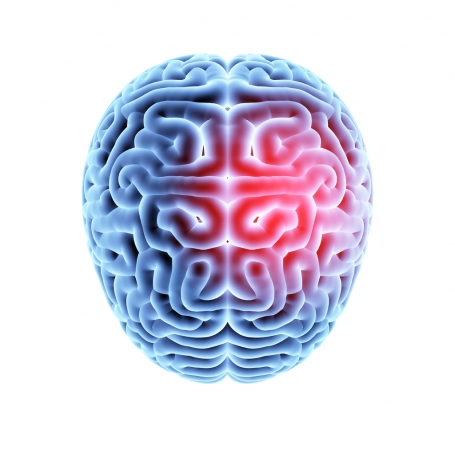
Traumatic Brain Injury is an alarmingly common disorder. To assist you in understanding more about this condition we have presented the following article. In the UK, the incidence of traumatic brain injury hospital admissions is over 270 people per 100,000 of the populat...
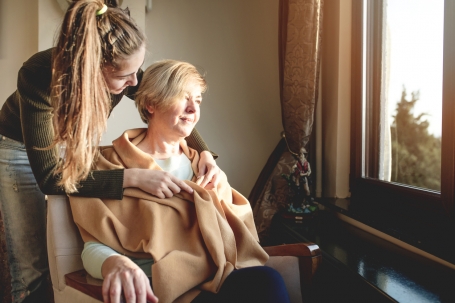
20 things NOT to say or do to a person with dementia Don’t say, ‘but you don’t look or sound like you have dementia’ Don’t tell us we are wrong Don’t argue with us or correct trivial things Don’t say ‘remember when…’ Don’t ...

The following are common symptoms associated with dyslexia in children; The words and letters are often inappropriately inserted when reading. Often words and letters are frequently skipped or omitted. The letters and syllables of common or repetitive wor...

Neurological rehabilitation is a form of therapy for brain injury. Brain injury or Traumatic Brain Injury (TBI) is a frightfully common disorder that will effect you some way or another. Many problems can occur after brain injury most of which are amenable to intervention...
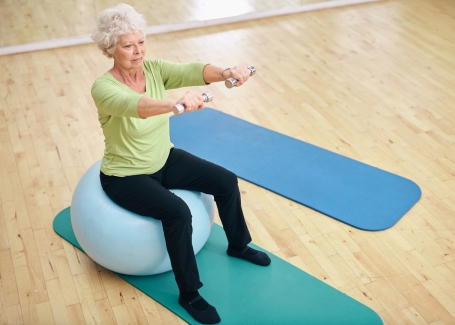
Patients who come to the Brainstorm with a vestibular disorder may have various symptoms. Common symptoms of a vestibular disorder include dizziness, vertigo, and imbalance. Patients may also experience nausea, hearing changes, anxiety, fatigue, and trouble concentrating. ...

Verbal learning disabilties and impairments typically include dyslexia, dyscalculia and dysgraphia. These verbal learning disabilities can be broadly classified in functional terms. Such that dyslexia includes most disorders of reading and spelling, dyscalculia labeled as a ma...